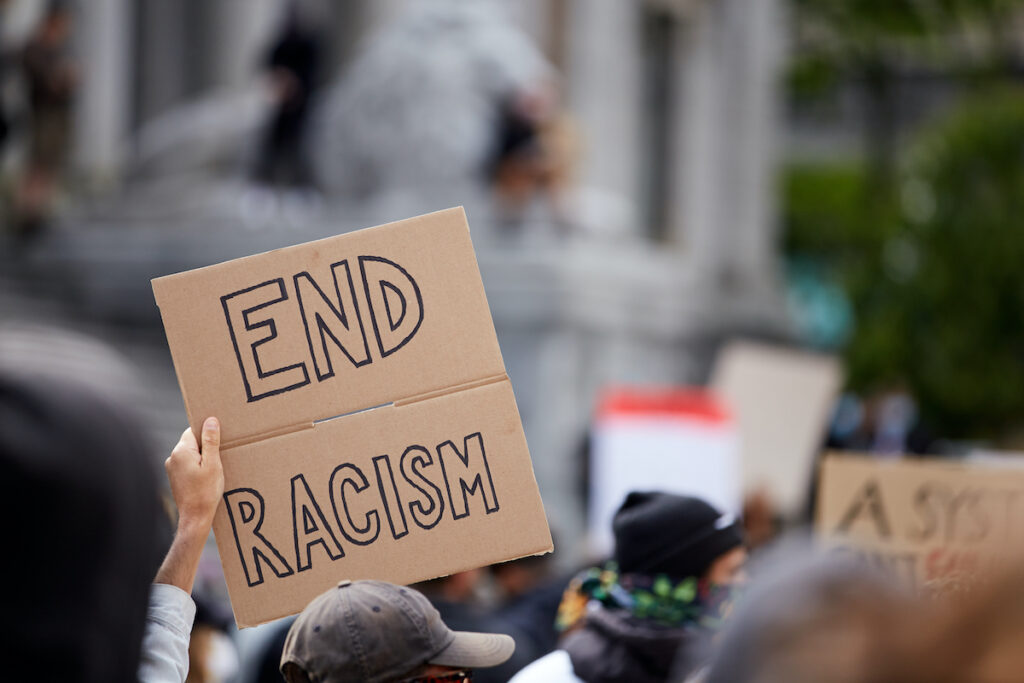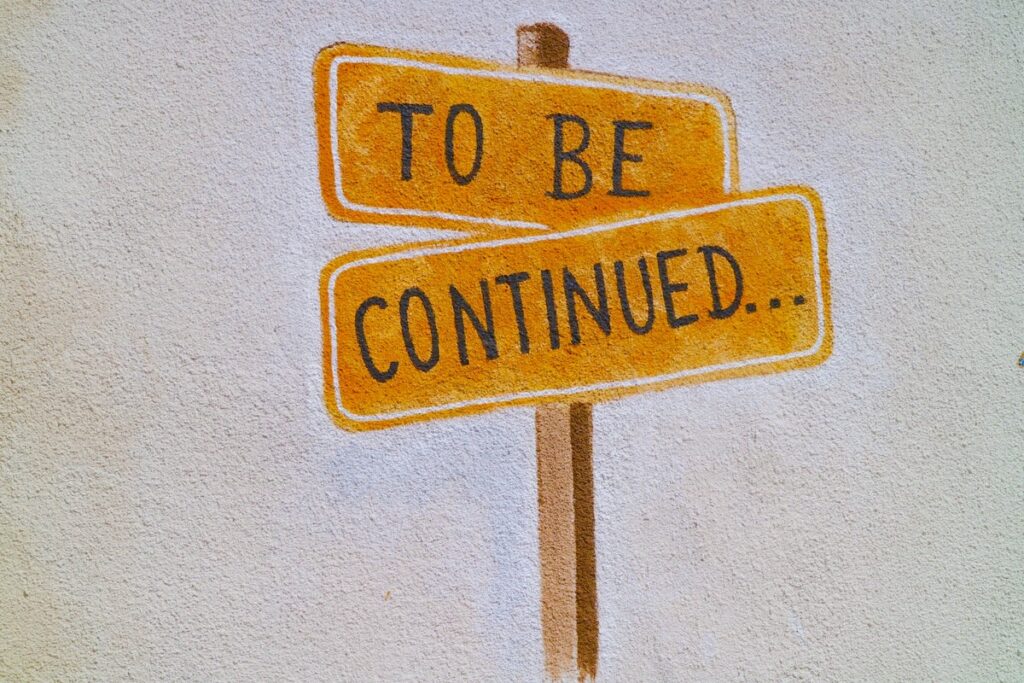
This concept paper highlights the higher suicide risks and rates among ethnoracial minoritised young people in the United States, as compared with white Americans (Alvarez et al, 2022). For example, although the samples are small, Black youth aged 5-12 have twice the suicide rate as White youth. Suicide is a terrible event, rare in epidemiological terms, presenting some challenges evaluating effective interventions and interpreting statistics. The authors set out a concept framework to prevent and respond to structural racism and related mechanisms that explain racial disparities in risks and rates of completed suicide in young people.
The authors propose racism operates within wider cultures (meaning society), institutions, inter-personally and intra-personally. They assert that an eco-social perspective is missing from previous initiatives, and through this lens, they propose progressive policies and actions at the level of systems. Throughout the paper, they contrast research data for young people of colour with those from the white majority population.

Black youth aged 5-12 have twice the suicide rate as White youth. Structural racism must be tackled in suicide prevention.
Methods
In-depth examples illustrate facets of the conceptual framework and an approach to understanding and analysing how structural racism shapes suicide risks. They consider other structural inequities and marginalisation based on gender, sexual orientation, ethnic/national identity, socioeconomic status, ability, and other aspects of social position. The authors adopt a socio-ecological perspective, taking account of social, political, economic systems and how they shape behaviours and access to resources. Specifically, they consider how structural racism impacts on mental health, shapes access to high quality mental health care, and has an impact on the suicide continuum. The continuum is conceptualised as moving from macro- to meso- to micro-systems and then the individual; this journey is represented as transitions from community prevention, through mental health services, and then crisis responses.
Results
The findings are descriptive examples of specific mechanisms by which disparities are generated, perpetuated, and worsened along the suicide continuum. A developmental approach, from prenatal period to adulthood, is suggested as a unifying framework that integrates stress inducing and coping processes. The authors explain disparities arise and are perpetuated, emphasising that individual level disparities cannot be entirely prevented other than through structural interventions.
They conclude that schools, youth justice, welfare systems, and crisis response services are overly connected with crisis care that engage police-led initiatives which lead to criminalisation and hospitalisation. The authors propose three intersecting systems: outpatient care and primary venues for suicide prevention; schools to reach the most diverse youth; and crisis response interventions, and addressing the intersections between law enforcement, emergency care, and inpatient care.
Community (cultural) pathways
These include determinants like:
- Racial segregation
- Health care access and quality care
- Discriminatory incarceration
- Black youth experiences of delays in accessing mental health services explained by racial segregation and income inequality. Poorer areas have poorer services (quality and access)
- A shortage of child psychiatrists and psychologists in low income communities (in USA, 70% of poorer communities have no child psychiatrist)
- Low income families disproportionately represent families of colour, and this leads to late stage intervention for more severe symptoms
- From 2006-2012, youth of colour were less likely that White youth to receive outpatient care; there were no differences in inpatient or emergency care. Youth of colour face delays in receiving care, have more severe symptoms, making them more vulnerable to coercive and punitive care in acute or crisis services
- Data from New England (2013-2020) suggested Black youth in emergency care were more exposed to physical restraint
- Black youth released from Medicaid inpatient care were less likely to receive follow up within 7 days
- Even primary care screening for mental health problems resulted in more White youth receiving screening than Black or Asian youth
- Within child welfare and juvenile justice systems, Black youth were less likely to be referred for mental health care
- Referral disparities may reflect underlying racial biases that also influence treatment decisions (restraint), although there is no empirical research to test this.

Data from New England, US (2013-2020) suggested Black youth in emergency care were more exposed to physical restraint
School discipline and practices
- There is a shortage of mental health professionals in schools, which are critical places for stemming disparities
- There is a shortage of school psychologists and a lack of diversity among the few school psychologists
- Increased police presence is seen in schools to address violence and safety. A school-to-prison pipeline is thus reinforced to criminalise student behaviours
- These security approaches create more stress for Black youth, more arrests, and expose them to more police violence
- Black students are more likely to be suspended or expelled compared with White students, and students without disabilities
- Black students received more disciplinary referrals than White students
- Black and American Indian students received higher rates of punitive discipline than other racial/ethnic groups
- In a nationwide study of 300 public middle and high schools, schools with more Black students were more likely to implement zero-tolerance policies and excessive use of punitive discipline
- Another study of 96,000 schools found Black students were more likely to be expelled, suspended, and arrested compared to White students
- These actions all limit access to suicide prevention opportunities.

An increased police presence is seen in schools to address violence and safety. A school-to-prison pipeline is thus reinforced to criminalise student behaviours.
Law enforcement and criminalisation
- Emergency departments, jails, and crisis services are more likely to encounter Black youth with subsequent negative outcomes including criminalisation, and police violence
- Training for police on mental health is associated with more use of de-escalation and negotiation as the highest level of force. Officers trained in this way are less likely to arrest people with mental illness
- Black men are 2.5 times more likely to be killed by the police than White men. The same applies to Black women and American Indian/Alaska Native men and women
- Against a backdrop of increased use of emergency care, the greatest increase between 2011-2015 was seen for Black youth.
- Fear of crisis and consequent incarceration lead to avoidance of care or help-seeking by Black youth.
- Some fear medical authorities and police, and some may fear deportation, with low levels of trust between the community and the state.

Black men are 2.5 times more likely to be killed by the police than White men. The same applies to Black women and American Indian/Alaska Native men and women.
Recommendations for research, policy and practice
The authors recommend the following actions in research, policy and practice:
Structural interventions: shifting to dismantle political and social determinants of suicide
- Reallocation of material resources to low-income communities and communities of colour
- Address residential segregation, narrow the income gap, increase economic participation, and improve the quality of affordable health care
- States with more spend per capita on public assistance have lower suicide rates (1990-2000)
- Decouple carceral systems from health systems
- Produce a protective and proportionate crisis response, and re-route police funds to community initiatives.
Research on structural inequality and suicide
- Resources, stigma, and intersectional inequalities warrant more systems research attention
- There are higher suicide rates in states with higher disparities on a broad range of social parameters
- Anti-racism and progressive LGBTQ policies were associated with lower suicide rates in those areas
- Social theory and systems research are necessary to improve the research paradigms
- School-based – community – mental health partnerships warrant more research
- Promotion of crisis response models that are progressive and avoidance of incarceration.
Inter-personal and Intra-personal racism
- There is much evidence of racism being associated with poor mental health and reduced self-esteem, agency, self-efficacy and poorer coping strategies
- More research is needed on family, faith-based systems, and training
- We need to further understand how services can be re-organised and re-imagined to serve the needs of ethnically minoritised communities.

The authors recommended the use of community-based resources, and reduction of carceral and police responses to crisis.
Conclusions
- The in-depth examples provide mechanistic information about how structural racism operates in the community, in institutions, and inter and intrapersonally.
- Societal political and economic forces and drivers of inequality need tackling, with resources flowing to poorer groups and communities.
- School, health and carceral systems should be re-imagined and police and criminalisation pathways should be replaced by progressive community programmes.
- The examples provide a network of potential preventive foci, yet these need testing across different countries, and in more specific in-depth studies of communities defined by different levels of precarity and intersectionality.

We need to re-imagine school, community and healthcare systems that serve ethnically minoritised youth and target resources to economically poorer areas.
Strengths and limitations
Although the analysis pertains to data from the USA, the unconditional acceptance of structural racism in social and health systems is refreshingly welcome. The paper should raise awareness and offer plausible, credible and convincing mechanisms, as well as proposals for how to respond. Concepts of race and ethnicity are contested and not always accepted in the same way in different countries, high- and low-income settings, and in different political philosophies within and across countries. Nevertheless, there are lessons for suicide prevention amongst minorities in all places, not least where people’s complex lives at the intersections of multiple disadvantages make them vulnerable, irrespective of the global statistical analysis and reports on rates and risks.
This was a selective review of specific studies which provided evidence of mechanisms by which structural racism operates. This was a refreshing approach, proposing how systems are linked and where interventions may be targeted. Some will argue the review was not systematic or subject to quality checks, yet understanding mechanisms is important. Indeed, lived experience might be argued to also offer such evidence, but is absent from this review. We generally trust data, numbers and statistics rather than evidential and experience data, which I argue is more nuanced, valid, and complex than any statistical model –if we take the trouble to gather those stories.

Lived experience research and qualitative data would offer a nuanced and complex approach in the area of structural racism and suicide prevention.
Implications for practice
There are implications for practitioners, policy-makers, and law-makers; for those leading local community and state or national policies on economic reforms, education, and health care; those leading police systems also should learn to desist and remove themselves from crisis pathways, and where necessary, such engagement must be not to criminalise by a return to societal or health systems with least chance of further compounding the structural drivers of disparities.

This conceptual framework has implications for practitioners, policy-makers and law-makers to envisage better crisis pathways for young people at risk.
Statement of interests
Kam Bhui is PI on the Synergi Collaborative Centre (1.0) funded by Lankelly Chase, and has received funds from NIHR and UKRI to help tackle ethnic inequalities in experiences and outcomes of severe mental illness.
Links
Primary paper
Alvarez K, Polanco-Roman L, Breslow AS, Molock S. (2022) Structural Racism and Suicide Prevention for Ethnoracially Minoritized Youth: A Conceptual Framework and Illustration Across Systems. 23 May 2022 https://doi.org/10.1176/appi.ajp.21101001
Other references
Bhui K. Ethnic inequalities in health: The interplay of racism and COVID-19 in syndemics. EClinicalMedicine. 2021 Jun 10;36:100953. doi: 10.1016/j.eclinm.2021.100953.
Bhui, K., McKenzie, K. & Rasul, F. Rates, risk factors & methods of self harm among minority ethnic groups in the UK: a systematic review. BMC Public Health 7, 336 (2007). https://doi.org/10.1186/1471-2458-7-336
Bhui,K. Commentary: Religious, cultural and social influences on suicidal behaviour, International Journal of Epidemiology, Volume 39, Issue 6, December 2010, Pages 1495–1496, https://doi.org/10.1093/ije/dyq196
Bhui KS, McKenzie K. Rates and risk factors by ethnic group for suicides within a year of contact with mental health services in England and Wales. Psychiatr Serv. 2008 Apr;59(4):414-20. doi: 10.1176/ps.2008.59.4.414.
Hackett RA, Ronaldson A, Bhui K, Steptoe A, Jackson SE. Racial discrimination and health: a prospective study of ethnic minorities in the United Kingdom. BMC Public Health. 2020 Nov 18;20(1):1652. doi: 10.1186/s12889-020-09792-1.
Hunt IM, Richards N, Bhui K, Ibrahim S, Turnbull P, Halvorsrud K, Saini P, Kitson S, Shaw J, Appleby L, Kapur N. Suicide rates by ethnic group among patients in contact with mental health services: an observational cohort study in England and Wales. Lancet Psychiatry. 2021 Dec;8(12):1083-1093. doi: 10.1016/S2215-0366(21)00354-0. Epub 2021 Nov 8.
Nazroo JY, Bhui KS, Rhodes J. Where next for understanding race/ethnic inequalities in severe mental illness? Structural, interpersonal and institutional racism. Sociol Health Illn. 2020 Feb;42(2):262-276. doi: 10.1111/1467-9566.13001.
Photo credits
- Photo by Reuben Juarez on Unsplash
